| Type |
3-seat photo reconnaissance (pilot, pilot in command, radio operator) |
| Engine |
2 BMW 132N with 3-bladed variable pitch propellers, dia 3,2 m |
| Dimensions |
Length 16,11 m , height 4,55 m , span 18,0 m , wing area 56,0 m2 , |
| Weights |
Empty 4925 kg, loaded 7730 kg , max. take off weight fuel 2 x 700 l |
| Performance |
Max.. speed 416 km/h at sea level, 350 km/h at 4000 m, cruising speed 365 km/h at sea level , 290 km/h at 4000 m, landing speed 129 km/h, range 1550 km at sea level, endurance , 1725 km at 6700 m, service ceiling 6700 m , climb to 4000 m 13,9 min. |
| Armament |
3 7.92-mm MG 15 machine guns, 4 bombs LC 50 F |
Rb20/30 and Rb50/30 or Rb20/8 and Rb50/8
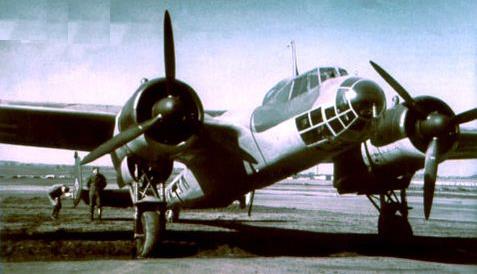
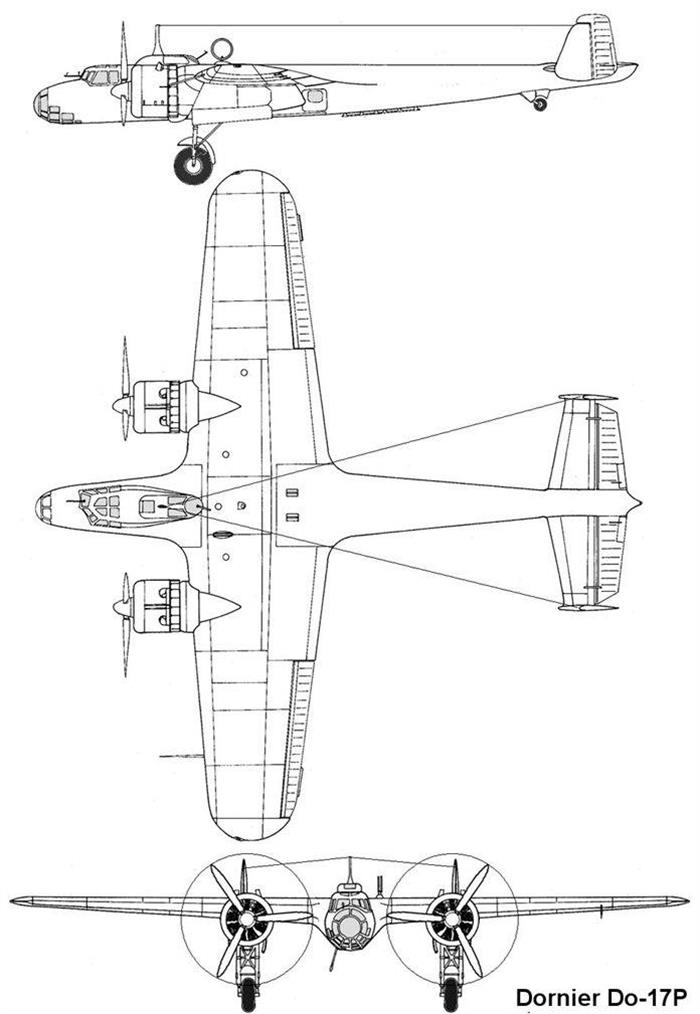
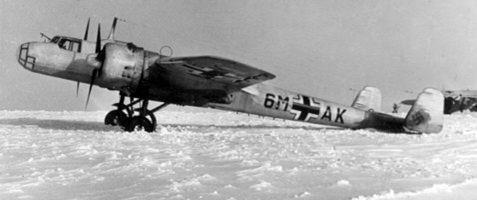
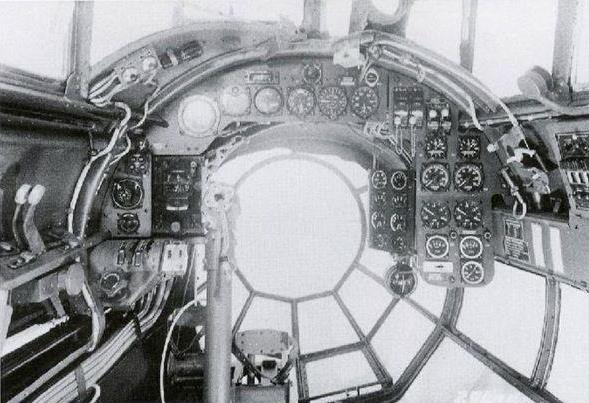
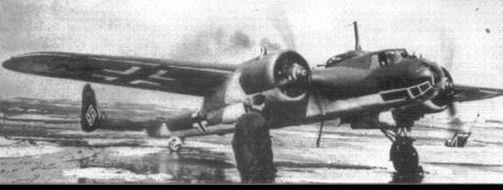

Do 17 P, It was equipped with two Bramo N 132 radial engines with a maximum output of 865 HP (853 HP, 636 kW according to other sources) each. The Do 17 P-1 was the reconnaissance version of the previous M-1.
The improved design of the fast Dornier Do 17P, with BMW 132N engines, could reach a speed of 400 kilometers per hour. The defensive capability went to four MG 15s in the Do 17 P-1 (in locations A, B and C), two in front, one looking forward through the nose windshield and another in the lower part through the glazing of the nose. nose, two others pointing backwards, one above (position “B”) fitted into the rear part of the cabin (open to the elements in the first versions) and another below in a narrow gondola under the belly. Starting with the “P” version, the bulb of the upper rear MG 15 was closed, which gave greater protection to the radio operator.
The P variants had similar characteristics to those of the Do 17 M-1, but with the addition of the camera for reconnaissance work. The P-1/trop (tropicalized) was equipped with Rb 20/30 and Rb 50/30 or Rb 20/18 and Rb 50/18 cameras. It was also equipped with filters and protection for the cameras. The cameras were controlled remotely by the crew from the cockpit. Due to the shortage of night fighter aircraft at least one Do 17 P-1 was assigned to this role. It was armed with three 20 mm (0.79 in) MG 151/20 cannons. The machine operates under Luftflotte 1 (Air Force 1).
During reconnaissance missions the P-1 was armed with four MG 15s. One machine gun is located at the rear of the cockpit, another at the rear bottom, one facing forward through the windshield and the other in the nose glazing.
Do 17 P-2, was identical to the P-1, to which an additional ETC 500 frame for a 500 kg bomb was installed under the fuselage. These aircraft were designed for night reconnaissance. A smooth plate was installed in place of its nose glass.
The machine was equipped with various devices. The FuG IIIaU radio, the PeilG V direction finder (PeilG – radio direction finder) and the Fubi 1 Radio blind landing device (Fubi – Radio Blind lander).
The crew of three communicated with us via the EIV intercom (EIV -Eigenverständigungsanlage).
Dornier is supposed to have converted most, if not all, of the existing P-1 production aircraft into P-2 models.




